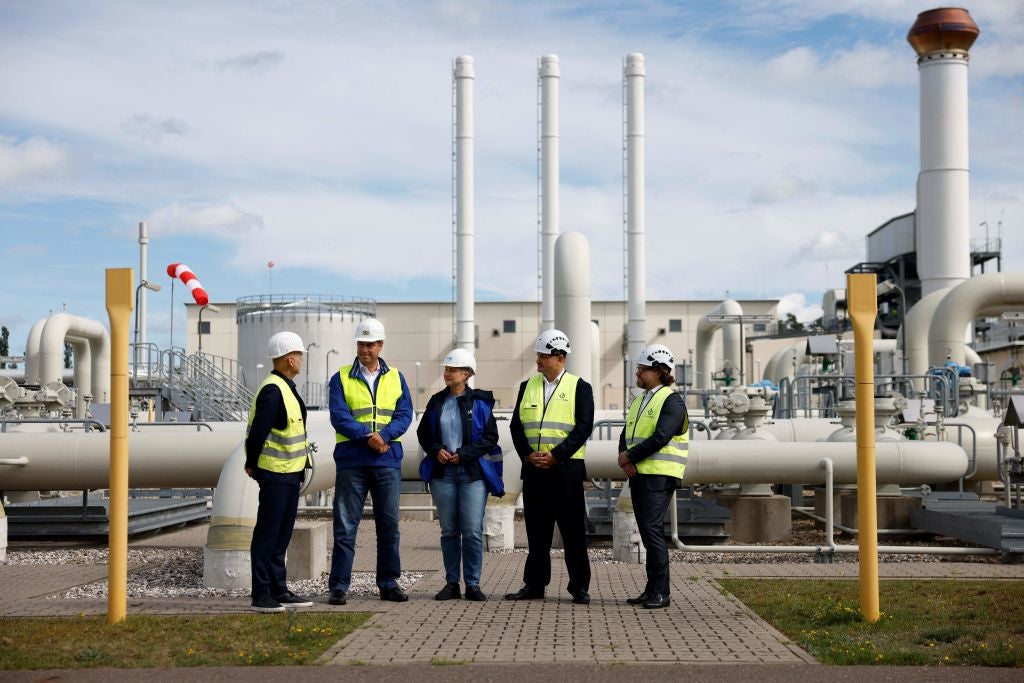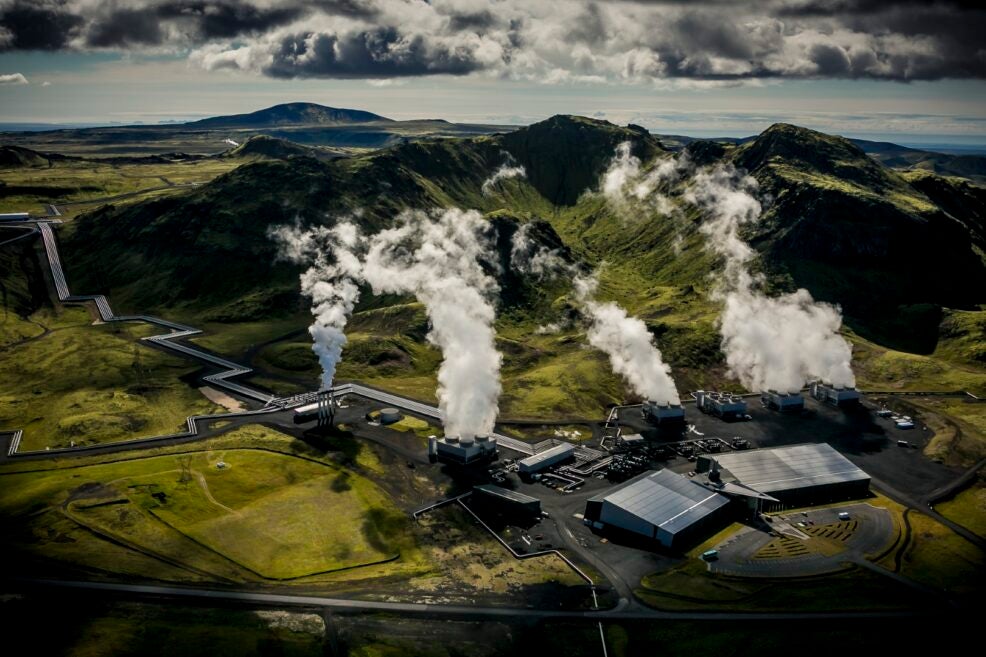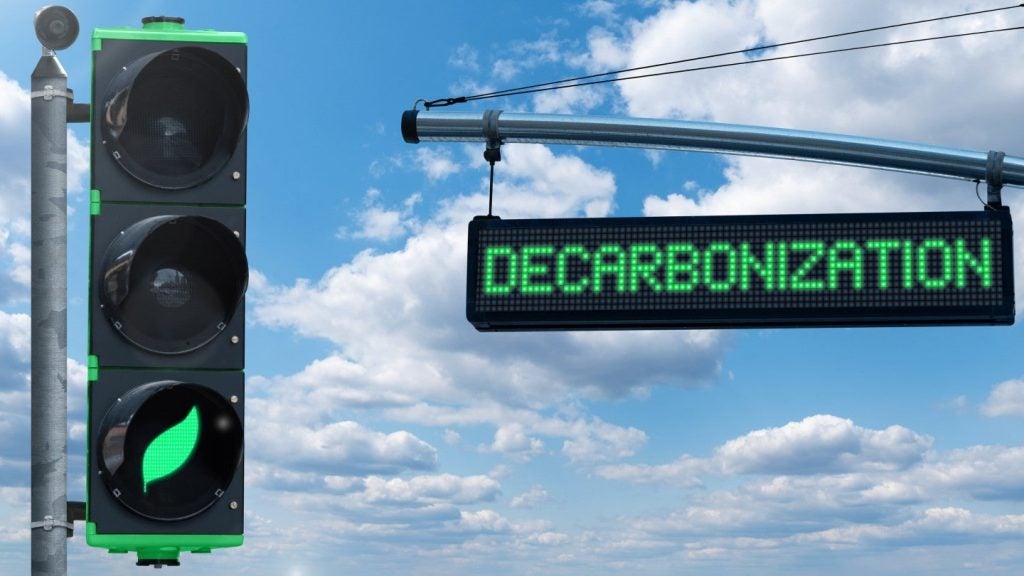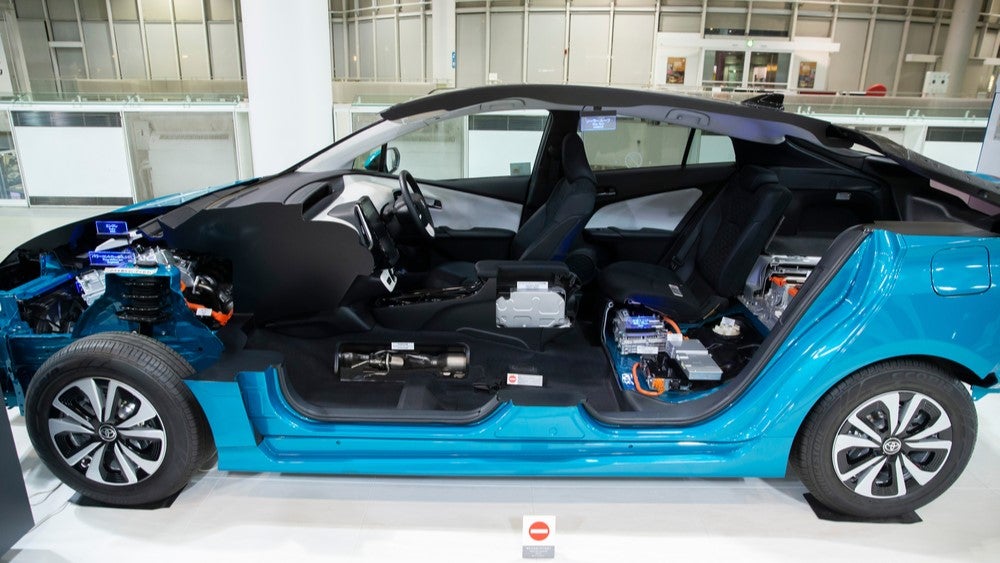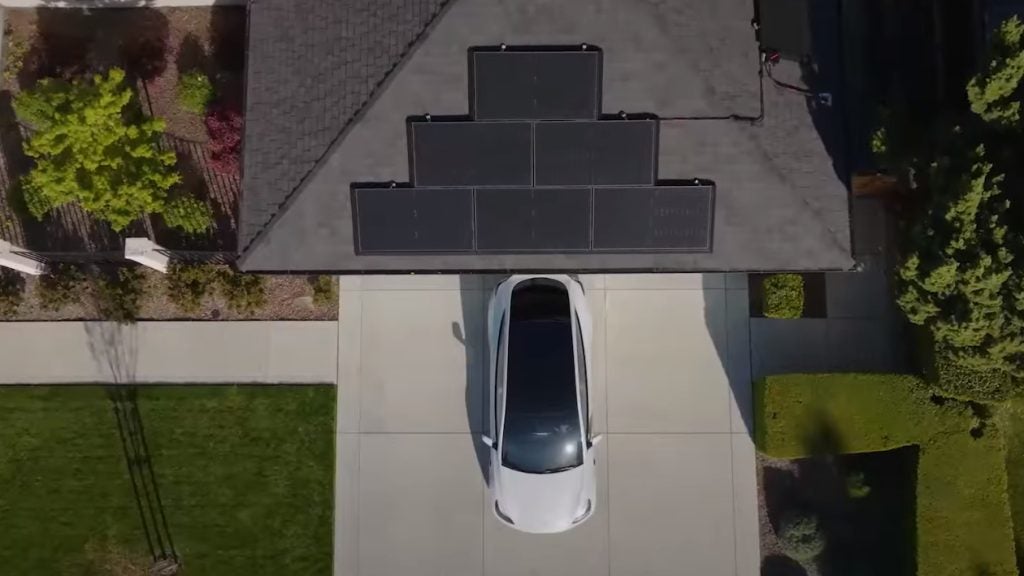It's déjà vu. Two years into the Russian war on Ukraine, the EU again warns of a winter energy price hike after a Russia-Ukraine gas deal ends this year, reports Politico. With the termination of the five-year transit agreement for Russian gas through Ukraine on 31 December 2024 – and Ukraine saying it will not seek to renew it – the EU is set to lose 5% of its total gas imports.
When EU energy ministers meet today in Brussels, energy security is back on the agenda. Despite small reductions in consumption, Europe has mainly focused on import diversification so far. The next step is to expand Europe's natural gas use reduction policy. A recent study shows how a 78% reduction in natural gas use could be achieved and financed in Germany.
As part of a de-risking-through-diversification strategy, the expansion of liquefied natural gas (LNG) terminals has been prioritised in European energy security efforts following Russia's invasion of Ukraine. This expansion was deemed necessary in the short term to alleviate the economic and social impacts of the Russian gas shortfall. Indeed, this shift towards LNG has significantly reduced Europe's reliance on Russian gas. However, recent developments are a reminder that Russian imports are far from being completely phased out. Moreover, the EU must acknowledge that its current diversification strategy has led to new dependencies. LNG imports to Europe have doubled over the past two years, notably from the US and Qatar, making Europe roughly 40% dependent on LNG imports. With further import reductions from Russia and without decreases in gas consumption, these dependencies are likely to deepen.
New dependencies pose new risks. Current flashpoints – Ukraine, Gaza, Armenia and Azerbaijan – all mark the transition to a period of “unpeace", where “the connections between people and countries are becoming weapons”, writes Mark Leonard from the European Council on Foreign Relations.
From regional to global risks in Europe's gas policy
The end of the transit agreement should be a stark reminder to reconsider the EU’s energy policy more broadly. Neither Germany nor the rest of Europe can rely on stable and cheap natural gas supplies in the future. Relations with the US do not guarantee reliable supply. Not only is Trump calling Nato into question, who can be sure he won’t weaponise US natural gas exports as leverage for his agenda? Global trade may well face other supply shortages, whether from attacks on ships in the Red Sea or the OECD's announcement that markets must adjust to poorer economic prospects due to geopolitical tensions. Whether it is a strike at delivery terminals in Australia or an escalation of the security situation in Taiwan, the dependency on gas imports in Europe has merely shifted from Russia to a global context.
Gas spot markets do not reflect these risks. They reflect short-term shortages. The energy security externality is not priced in. Since the energy crisis, this externality has had a hefty price tag – €264bn ($286.39bn), for Germany at least. These were the loans the federal government had to take out for relief packages, and that is not the whole picture. In 2022 alone, economic output in Germany was €160bn lower than forecast.
Given these externalities, it is surprising how little attention Europe is paying to the alternative to new dependencies: the demand-side reduction of natural gas use. True, reducing consumption was one of the pillars of the European response to gas shortages in the short term and the EU prescribed a 15% reduction in use target for the winter of 2022. However, European policy has failed to prioritise an end to natural gas dependencies in the longer term. Instead, Russia still accounts for 13% of European LNG imports.
For strategic autonomy and energy security, consumption must be reduced. Proof that this is feasible and valuable was recently presented by the German Council for Energy Independence, an independent group of experts, as a blueprint for Europe. Its research suggests that Germany can lead the way and reduce its dependence on natural gas by almost 80% if companies and citizens generate heat with electricity instead of natural gas in future. The earlier the better.
The price tag for this is €526bn by 2045, which seems like a lot. Yet the figure is put in a different light when compared with the price tag of the energy crisis for the German economy – €424bn in new loans and lower economic output. It is misleading to make cost comparisons that ignore long-term savings and security externalities. No one would think of calculating the return of an investment in a house from the cost of building it, without factoring in the savings on rent for the owner from living in it. Total costs also distort the picture: with only €10bn of investment, German industry could halve its gas consumption.
German industry uses natural gas primarily for heat; for example, for drying or generating steam. In most cases, this could also be done with electricity. Companies do not have to wait for hydrogen. The technologies are there – and are already competitive in many processes. German leaders such as HeinzGlas, Currenta and Kabelpaper showcase this. Of course, high electricity prices are still a hurdle in some cases and require further action; however, natural gas consumption can already be reduced today. Electricity-powered heating is already competitive in the chemical industry for temperatures up to 500°C and in the food industry.
Creating confidence in independence from natural gas
The rollout of electrification is not just about the usual suspects like carbon contracts for difference or subsidies. Small and medium-sized enterprises are conservative and need to gain confidence in new technologies. It is important to reward pioneering companies and make them visible – for example, through an ‘industrial transition accelerator platform’ in which companies learn together how to shift to natural gas-free technologies, as the report suggests.
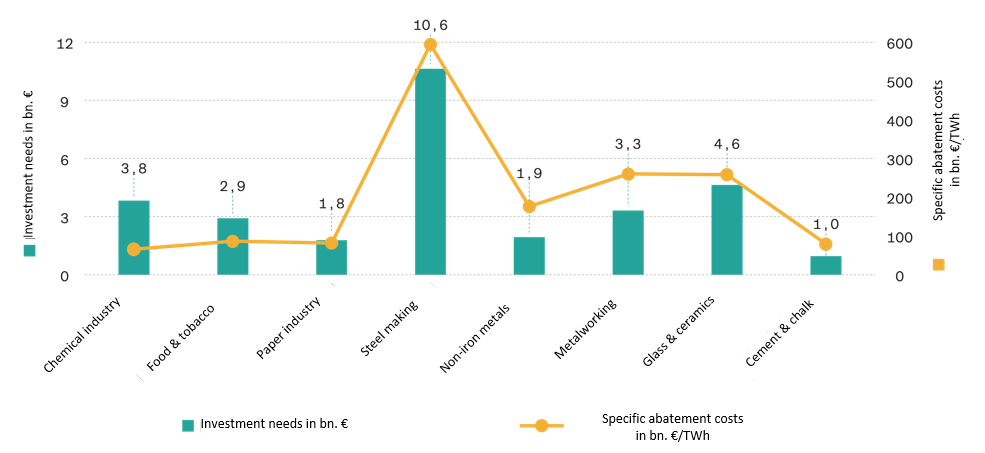
Figure: Investment needs to substitute natural gas and specific investment abatement costs per terawatt-hour (TWh) in German industry sectors. Credit: Fachrat Energieunabhängigkeit, own translation.
Equally important is the housing stock. Today, half of all homes in Germany are still heated with gas. Housing companies, energy service providers and municipal utilities can accelerate the switch to renewable alternatives. This is currently a particularly big challenge for municipal utilities. On average, a quarter of their income depends on the natural gas business. Leasing and contracting models for heating systems can help shift business models – and at the same time make it easier for homeowners to switch to natural gas-free heating. Switching to natural gas-free heating systems in residential buildings could reduce Germany's natural gas consumption by more than a third.
Electrification as an economic stimulus programme
Overall, the €526bn should be seen less as a cost and more as an economic stimulus programme for a crisis-shaken German economy. This is a programme that primarily benefits domestic industries: European or German heat pump manufacturers – whose innovations are global leaders – and the mechanical and plant engineers who will replace natural gas-based furnaces with electric boilers or large heat pumps in industry.
The current geopolitical developments should be a wake-up call not to view energy policy solely from the perspective of short-term cost efficiency, but to take security externalities into account. Europe must minimise natural gas imports and ultimately natural gas use as a contribution to a security-oriented energy policy.
Jonathan Barth is spokesperson for the Energy Independence Council and policy director at the ZOE Institute for Future-fit Economies.


